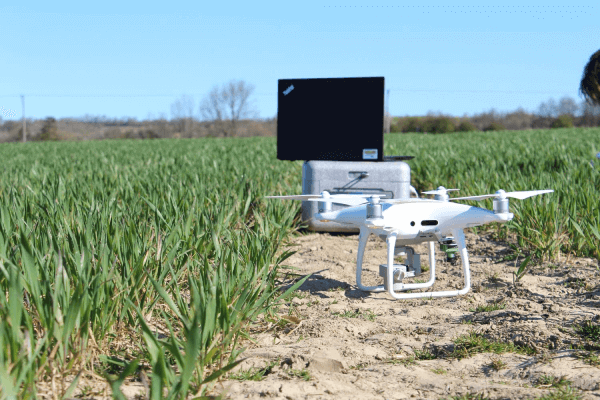
Lantmännen is an agricultural cooperative and Northern Europe’s leader in agriculture, machinery, bioenergy and food products.

Lantmännen is an agricultural cooperative and Northern Europe’s leader in agriculture, machinery, bioenergy and food products.

The Agriculture Sector constitutes Lantmännen's core business and offers products and services to promote strong, competitive farming.

The Food Sector develops, processes and markets products that include flour, breakfast foods, pasta, frozen and fresh bread, crispbread and ready-to-eat meals.
Lantmännen is an agricultural cooperative founded on the deep knowledge our farmers have aquired over generations. We make farming thrive and work together to take responsibility from field to fork.
From our core farming business, through the value chain, from field to fork, we are involved in every step from sowing to harvesting; to the food on our tables, feed for our livestock and climate –smart biofuels.
Owned by Swedish farmers, Sweden is our base with the Baltic Sea area as our expanded domestic market. We have a strong international presence, and no matter which country and location we operate in, we always take the same responsibility.
We pursue research and invest in innovation for tomorrow’s agriculture, bioenergy and foods of the future. Innovations are crucial if we are to resolve the challenges of today and tomorrow, which is why Lantmännen also has its own research foundation.
You´ll find the Lantmännen sprout on our packaging. The products may be different, but everyone can feel safe that we also minimise impact on climate and people. If you find the sprout on a packet, you can be sure what’s inside is Good Food from Lantmännen.
In 2022 our Foundation Day was all about healthy foods, innovative ways of using side streams and how image analysis is helping farming.
At our annual Foundation Day in 2022, Lantmännen Research Foundation offered exciting lectures on current Swedish research.
Rikard Landberg, researcher at Chalmers University of Technology, is working on projects about wholegrains and individual nutrition, partially funded by Lantmännen Research Foundation. Rikard began by stating that wholegrain intake reduces the risk of early death from diseases such as diabetes, bowel cancer and cardiovascular diseases. However, the effects differ hugely between individuals, and can only be minimally explained by genetics. Studies are now looking at how gut flora composition affects the impact of wholegrains.
If some gut bacteria provide more benefit from wholegrains, we may be one step on the way to individualised dietary advice.
If some gut bacteria provide more benefit from wholegrains, we may be one step on the way to individualised dietary advice. Francisco Vilaplana, researcher at KTH Royal Institute of Technology, highlighted how side streams such as wheat bran can be better utilised in foodstuffs. Valuable ingredients can be produced by separating the bran into its components. Arabinoxylan fibre, for example, can be used to make fibre-rich bread lighter in colour. Lantmännen’s PhD student, Solja Pietiäinen, is contributing to this work. Three researchers from the Swedish University of Agricultural Sciences talked about imaging and new farming technologies. Aakash Chawade described how image analysis can be used in plant cultivation. Analysing daily images over a long period can provide statistics about biomass, disease or the growth of individual plants in test fields or greenhouses. Mats Söderström provided an overview of how different light wavelengths can be used for field measurements, by drone or satellite. Models are made using light bands and can predict protein levels at harvest. This technology is now used when fields are almost ready for harvest, but studies are underway that may allow even earlier assessments.
Analysing daily images over a long period can provide statistics about biomass, disease or the growth of individual plants in test fields or greenhouses. Mats Söderström provided an overview of how different light wavelengths can be used for field measurements, by drone or satellite. Models are made using light bands and can predict protein levels at harvest. This technology is now used when fields are almost ready for harvest, but studies are underway that may allow even earlier assessments.
The aim is to control actions in different parts of a field, resulting in higher, more even protein levels, for example.
The aim is to control actions in different parts of a field, resulting in higher, more even protein levels, for example. Anna Hessle concluded with a review of digitalised monitoring in animal husbandry. Virtual fences are one such area, where a collar on livestock “fences in” an area. If an animal approaches the “fence”, the collar emits a warning sound and, if it attempts to continue, it receives a weak electric shock. Sweden does not yet permit this technology. One of the remaining research questions is whether animals understand there is a fence when it is not visible.
Text: Helena Fredriksson, Head of Research at Lantmännen Research Foundation
